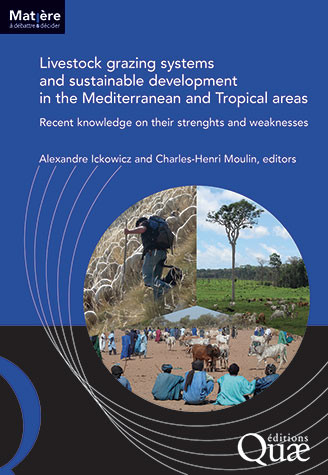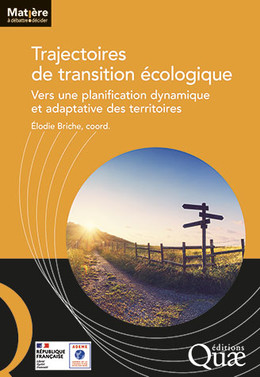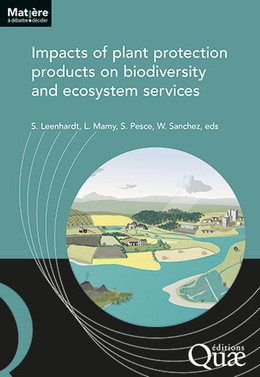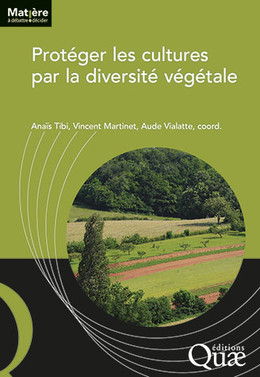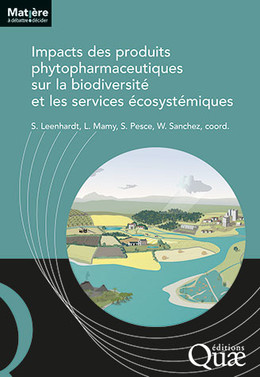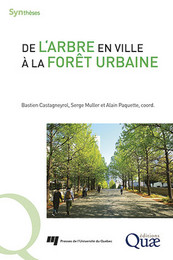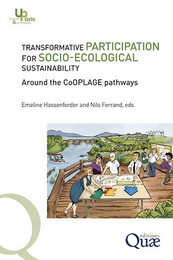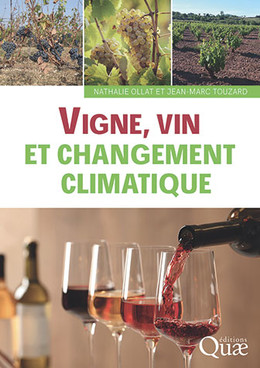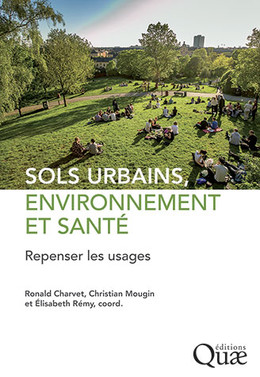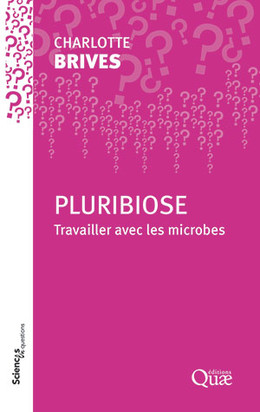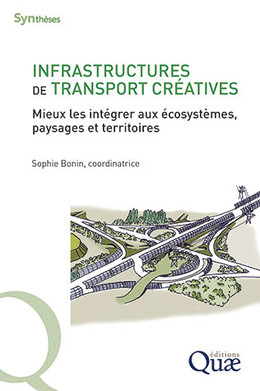Livestock grazing systems and sustainable development in the Mediterranean and Tropical areas
Recent knowledge on their strengths and weaknesses
Les énergies renouvelables en France Analyse d’une planification entravée
Livre papier 28,00 €
Le marché alimentaire à horizon 2050 en France Du libre-service aux plateformes de e-commerce
Bernard Ruffieux, Aurélie Level
Livre papier 29,00 €
Trajectoires de transition écologique Vers une planification dynamique et adaptative des territoires
Livre papier 29,00 €
Épigénétique Mécanismes moléculaires, biologie du développement et réponses à l’environnement
Livre papier 35,00 €
Transformative Participation for Socio-Ecological Sustainability Around the CoOPLAGE pathways
Livre papier 30,00 €
Pluribiose Travailler avec les microbes
Livre papier 9,50 €
Infrastructures de transport créatives Mieux les intégrer aux écosystèmes, paysages et territoires
Livre papier 29,00 €
Caractéristiques
Langue(s) : Anglais
Editeur : Éditions Quae
Collection : Matière à débattre et décider
Publication : 25 avril 2023
Référence eBook [ePub] : 02883EPB
Référence Livre papier : 02883
Référence eBook [PDF] : 02883NUM
EAN13 eBook [ePub] : 9782759236930
EAN13 Livre papier : 9782759237104
EAN13 eBook [PDF] : 9782759237111
Intérieur : Couleur
Format (en mm) Livre papier : 145 x 210
Nombre de pages Livre papier : 200
Nombre de pages eBook [PDF] : 200
Poids (en grammes) : 310
Taille(s) : 6,03 Mo (ePub), 17,1 Mo (PDF)




